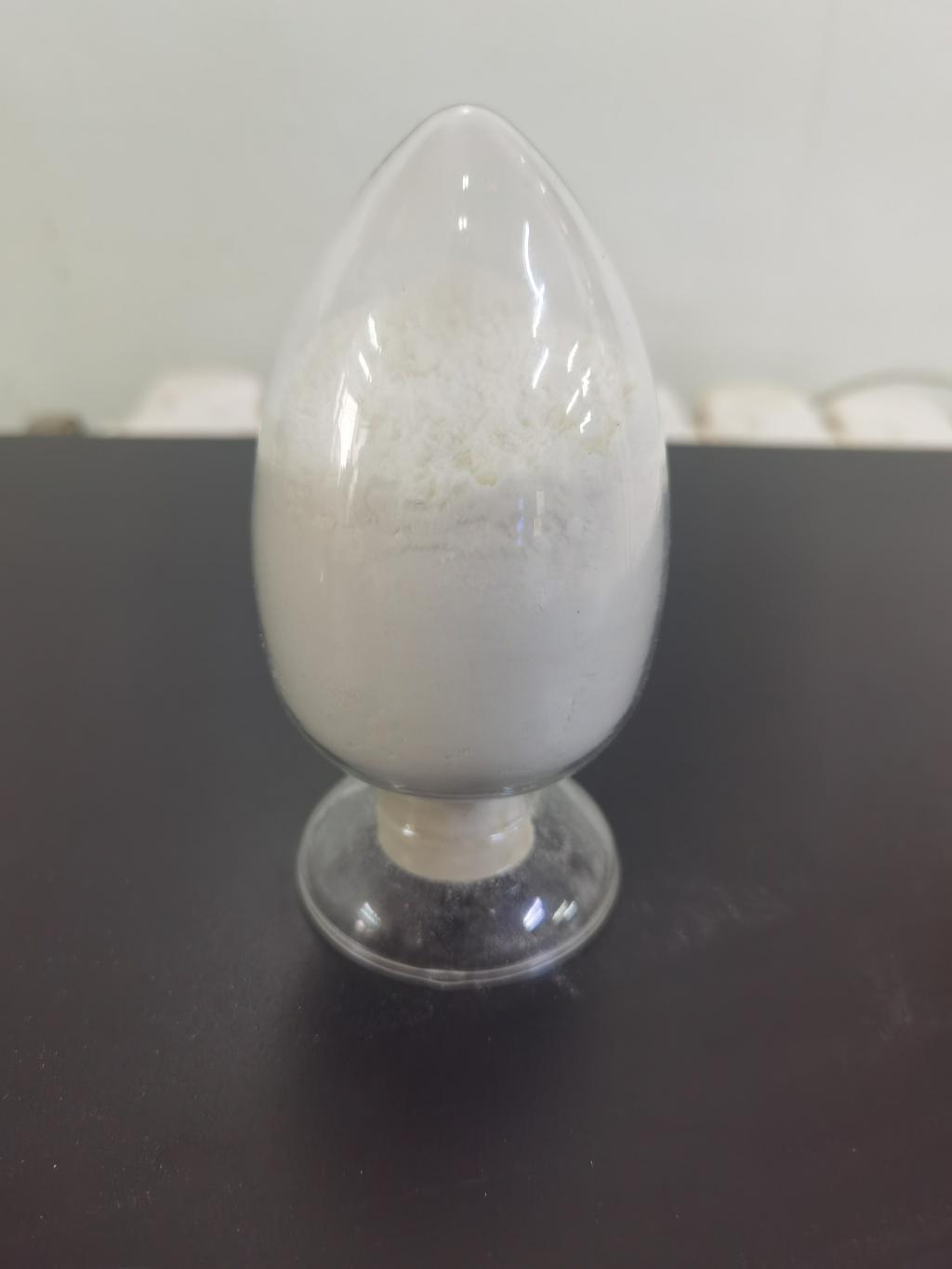Tel:+8618231198596

News
 CONTACT
CONTACT
 CONTACT
CONTACT
- Linkman:Linda Yao
- Tel: +8618231198596
- Email:linda.yao@dcpharma.cn
- Linkman:CHARLES.WANG
- Department:Overseas
- Tel: 0086 0311-85537378 0086 0311-85539701
News
ε-Polylysine Hydrochloride's Potential in Mitigating Food Safety Risks in Street Food
TIME:2024-01-29
The Challenge of Food Safety in Street Food:
Microbial Contamination: Street food is often prepared and sold in open-air environments, exposing it to various sources of microbial contamination, including dust, insects, and unclean hands.
Inadequate Storage and Handling: Limited access to proper storage facilities and refrigeration poses challenges for street food vendors. Inadequate handling practices can lead to the proliferation of harmful microorganisms, compromising the safety of the food.
Temperature Fluctuations: Street food is susceptible to temperature fluctuations, especially in open-market settings. Elevated temperatures can accelerate bacterial growth, increasing the risk of foodborne illnesses.
ε-Polylysine Hydrochloride: An Overview:
Natural Antimicrobial Properties: ε-Polylysine hydrochloride is a cationic polypeptide with inherent antimicrobial properties. It inhibits the growth of a wide range of bacteria, molds, and yeasts, making it a potent natural preservative.
Derived from Fermentation: Produced through microbial fermentation, ε-polylysine hydrochloride aligns with the demand for clean-label and natural food preservatives. Its natural origin distinguishes it from synthetic additives.
Heat-Stable and pH-Tolerant: ε-Polylysine hydrochloride exhibits stability under a range of temperatures and pH levels, making it suitable for diverse food applications, including those in street food.
Applications of ε-Polylysine Hydrochloride in Street Food:
Microbial Contamination Prevention: Incorporating ε-polylysine hydrochloride into street food formulations can act as a protective shield against microbial contamination. Its broad-spectrum antimicrobial activity inhibits the growth of bacteria, ensuring the safety of the food product.
Extended Shelf Life: The natural preservative properties of ε-polylysine hydrochloride contribute to the extension of the shelf life of street food. This is particularly crucial in environments where refrigeration facilities may be limited, allowing vendors to maintain product freshness for longer periods.
Temperature Stability: Street food is often subjected to variable temperature conditions. ε-Polylysine hydrochloride's stability under heat ensures that its antimicrobial effectiveness remains intact, even in the face of temperature fluctuations.
Case Studies:
Antimicrobial Coating for Skewered Meats: In regions where grilled or skewered meats are popular street food choices, applying an ε-polylysine hydrochloride coating has shown significant reductions in bacterial contamination. This application not only enhances safety but also extends the shelf life of the prepared meats.
Preservation of Sauces and Dressings: Street foods often rely on flavorful sauces and dressings. ε-Polylysine hydrochloride can be incorporated into these condiments, preventing spoilage and microbial growth, thereby ensuring the safety and quality of the accompanying sauces.
Fresh Produce Preservation: Street vendors offering fruit salads, cut fruits, or other fresh produce can benefit from ε-polylysine hydrochloride treatments. This natural preservative helps mitigate the risk of microbial contamination, allowing for longer display times without compromising safety.
Challenges and Considerations:
Regulatory Approval: The regulatory landscape for food additives can vary across regions. Obtaining approval for the use of ε-polylysine hydrochloride in street food may require collaboration between food producers, regulatory bodies, and research institutions.
Consumer Perception: Street food consumers may not be familiar with ε-polylysine hydrochloride. Effective communication and education about its natural origin, safety, and benefits are crucial for gaining consumer acceptance.
Optimal Formulation: Achieving the right balance of ε-polylysine hydrochloride in street food formulations is essential. Research is needed to determine optimal concentrations that ensure antimicrobial efficacy without negatively impacting taste or texture.
Future Prospects and Collaborative Initiatives:
Research on Street Food Microbiota: Collaborative research initiatives between food scientists, microbiologists, and street food vendors can provide insights into the specific microbial challenges faced by street food. This information will guide the development of ε-polylysine hydrochloride formulations tailored to address these challenges effectively.
Educational Campaigns: Collaborative efforts between regulatory bodies, food industry associations, and consumer advocacy groups can help educate street food vendors and consumers about the benefits of ε-polylysine hydrochloride. This collaborative approach is crucial for fostering understanding and acceptance.
Public-Private Partnerships: Establishing partnerships between ε-polylysine hydrochloride producers, street food vendors, and government agencies can facilitate the integration of this natural preservative into street food safety protocols. Such partnerships can also support research and development initiatives aimed at optimizing ε-polylysine hydrochloride applications.
Conclusion:
As street food continues to thrive as a global culinary phenomenon, addressing food safety risks becomes imperative. ε-Polylysine hydrochloride, with its natural antimicrobial properties, holds significant promise in mitigating these risks and ensuring the safety and quality of street food. The synergy between this natural preservative and emerging technologies, coupled with collaborative efforts from researchers, vendors, and regulatory bodies, presents a pathway towards a safer and more sustainable street food culture. As the world embraces the fusion of tradition and innovation, ε-polylysine hydrochloride emerges as a key player in enhancing the street food experience while prioritizing consumer well-being.
- Tel:+8618231198596
- Whatsapp:18231198596
- Chat With Skype







